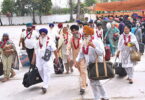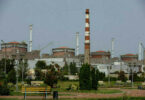Monitoring Desk
In recent years, record heat and low rainfall have taken a toll on Germany’s groundwater, even in the winter. Experts say it’s time to radically overhaul the way the country manages its water.
Germany’s ground isn’t quite as parched now as it was in June or September, according to the drought monitor at the Helmholtz Center for Environmental Research (UFZ). But January 2021 is clearly proving to be drier than the same period last year.
The UFZ’s monitor uses shades of red to indicate degrees of dryness in the soil across the country. Its latest map shows widespread dark red patches in deeper layers of soil — in other words, very severe drought.
When there’s so little moisture deep underground, it’s the trees whose roots draw water from these layers that suffer the most.
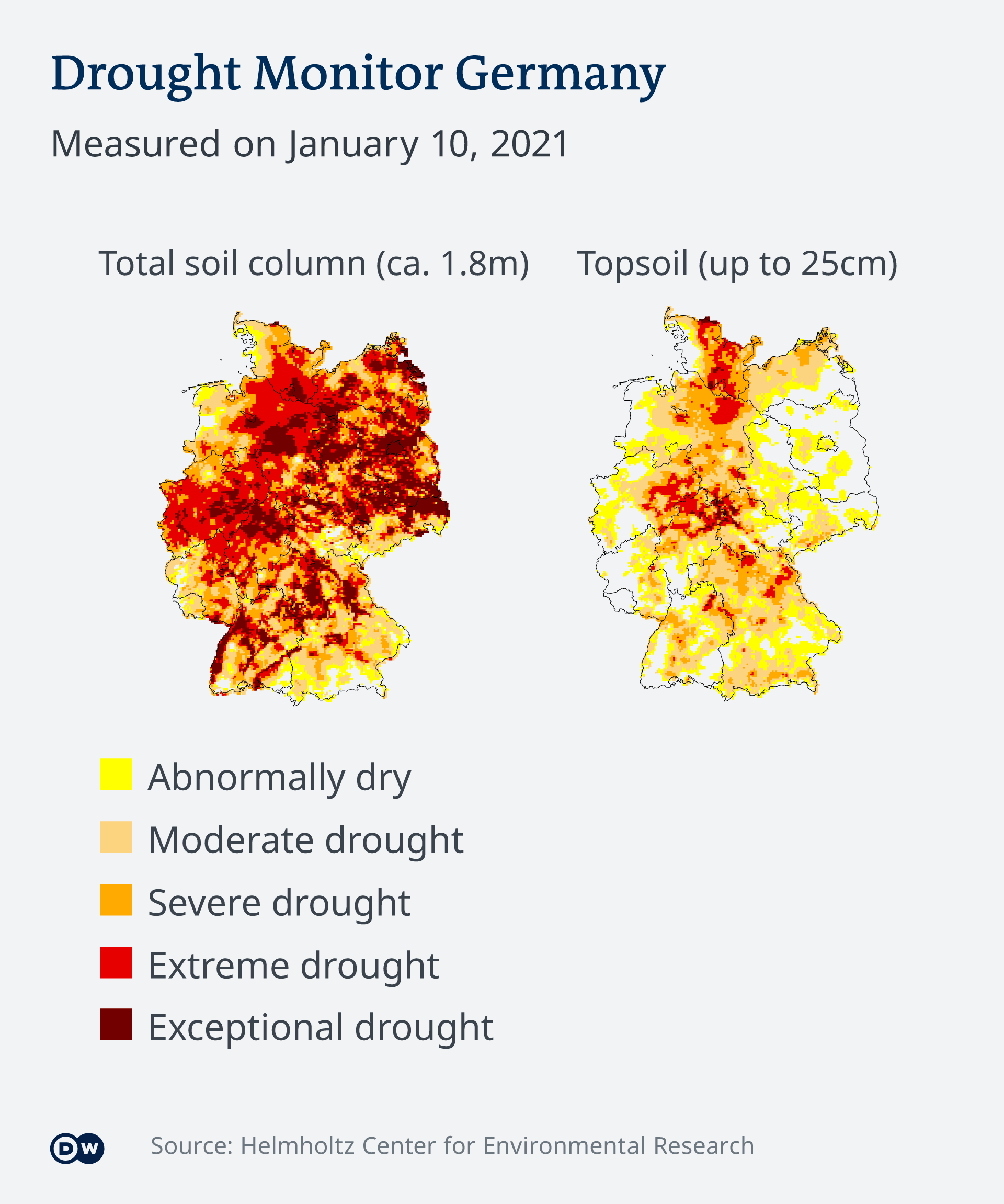
“There has been a significant water deficit building up in many regions in Germany, especially in the last three years,” explains Dietrich Borchardt, head of the UFZ Water Resources and Environment Research Unit. “But actually there have been deviations from the long-term average of the water balance there for several years.”
Water shortages in winter?
According to Borchardt, there has been too little rainfall so far this winter — just like the two previous winters. The water level in some dams is far below average. And that’s a problem, because dams secure part of Germany’s drinking water supply. So is fresh water already becoming scarce?
Most drinking water in Germany — more than 70% of it — is sourced from groundwater. But Jörg Rechenberg, head of the Water and Soil Division at the Federal Environment Agency (UBA), says it’s difficult to draw a direct connection between the state of groundwater levels and the dryness of the soil.
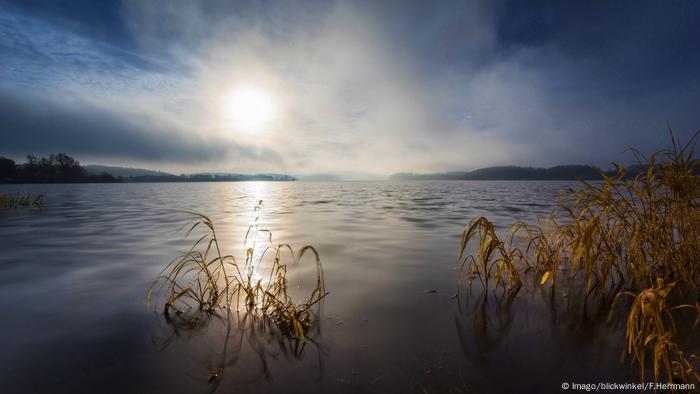
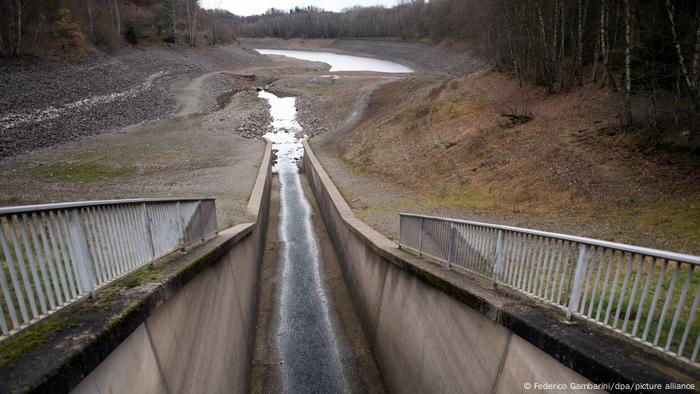
The last nationwide groundwater data come from 2015, with new measurements only expected to be taken later this year.
Current surveys from individual states, meanwhile, do not bode well. The central state of Hesse, for example, reports: “At the end of December, 2020, groundwater levels in Hesse were below average at 73% of the monitoring sites.”
Rechenberg says it’s too early to talk of water stress in Germany — a situation that would mean more than 20% of the available water is consistently withdrawn. Currently, the national average stands at about 13%. But Rechenberg is clear: “The past three dry years have shown that we have to deal with our water differently, otherwise we will soon find ourselves facing water stress.”
New water strategy due in 2021
Rechenberg and Borchardt were both part of the National Water Dialogue in Germany, a forum launched by the federal government in 2018. It brought together more than 200 experts from the areas of water management, administration and research to discuss how the country could better deal with climate-related water scarcity in the future. Their recommendations are to be incorporated into a national water strategy, which the Environment Ministry plans to unveil in the middle of the year.
“Summers like the ones in 2018 and 2019 could become the norm in Germany in 30 years’ time, because we are in the midst of climate change,” Borchardt said. “Currently we are facing a stress test. We have to find a new way of dealing with increasingly scarce water in many areas: in agriculture and forestry, in the water-intensive energy industry, as well as in inland navigation or water management in cities.”
Agriculture in Germany has so far hardly needed any additional irrigation. But the demand will grow in the future if rainfall continues to fail. And this could lead to competition with the public water supply, especially in the hot summer months, says Rechenberg. In that case, he adds, priorities would have to be clearly established — for example, there should always be enough fresh water for cooking or showering, but not necessarily for watering a private garden.
Need for long-distance water network
The intensity of the past two summers led some communities to declare a water emergency. Rechenberg says water suppliers could join forces in cases like this to provide affected communities with drinking water from other regions — an effort that would require new or optimized pipelines.
The agriculture sector also has to change, he says — from using plants that are adapted to their respective locations, to boosting rainwater collection and using smarter irrigation techniques, such as drip irrigation in which soil pipes deliver water to the plant’s roots with pinpoint accuracy. But most of the water in Germany is consumed by the energy sector, mining and industry — and in these areas there’s been a lack of real incentives to save water.
Rechenberg says that while every water withdrawal requires an official permit, these permits don’t necessarily require that the water in question is used as sparingly as possible. That has to change, he adds.
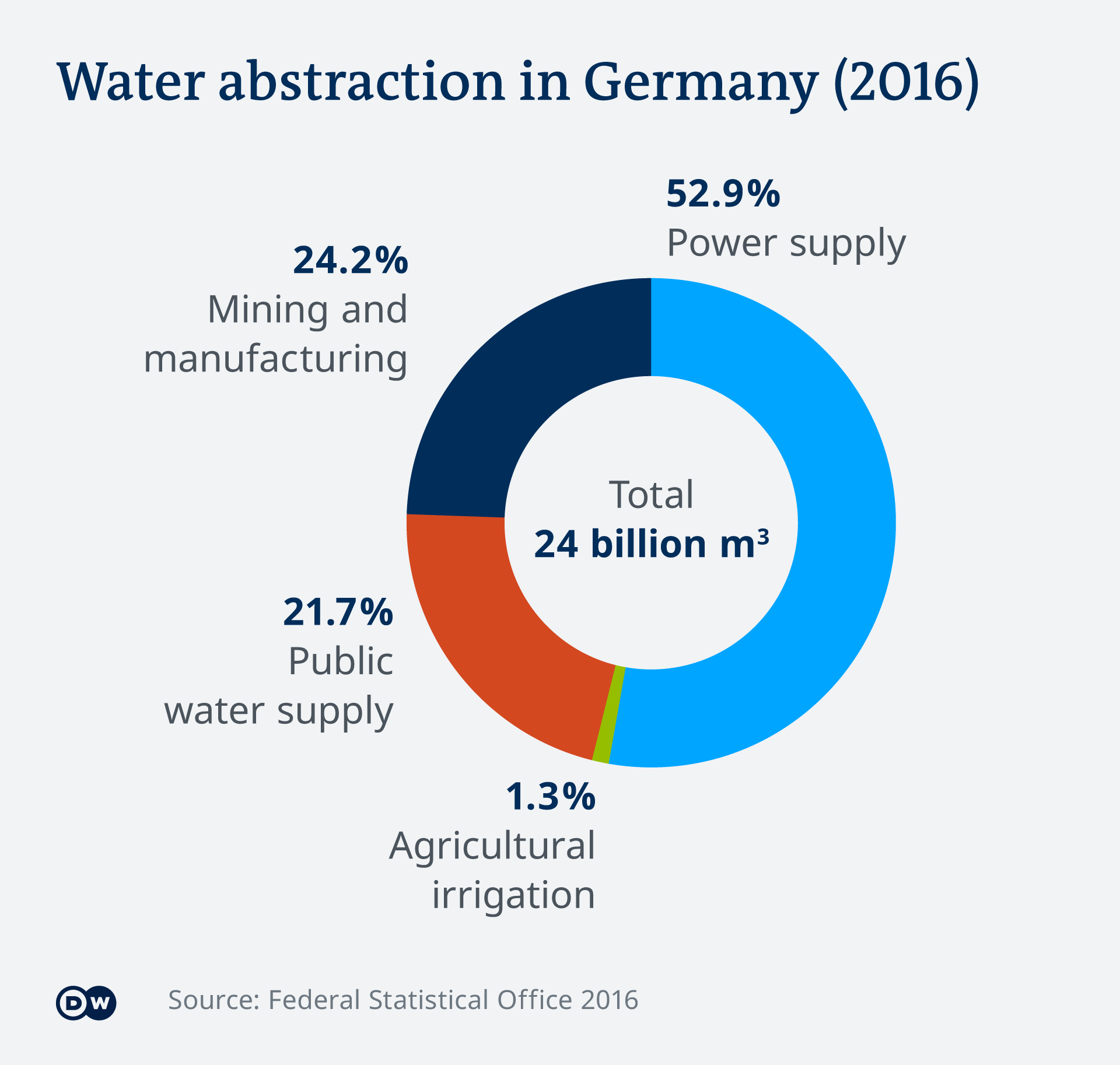
Outdated rules
Regulations governing water use need to be overhauled from the EU level down to individual municipalities, says Borchardt. That’s because existing rules don’t take into account the fact that water levels will change in the future.
Many of Germany’s 16 federal states don’t require the mining, industry or agriculture sectors to pay for water they extract from rivers or groundwater. But extraction for drinking water supply is subject to a fee almost everywhere, with the exception of Bavaria, Hesse and Thuringia.
Against the backdrop of the climate crisis, it’s not only the quantity of water taken that is likely to cause problems in the future. The water quality in rivers and streams is also falling short, according to EU standards — only 8% are in good condition.
“The main reasons for this are the many pollutants, for example, residues from mining such as mercury, and phosphorus and nitrate from fertilizers used in industrial agriculture, and also the damming and deepening of rivers for shipping,” explains Lilian Neuer, water expert at the German environmental organization BUND.
Natural river landscapes as protection
If the amount of water in rivers or lakes dips due to heat and drought, the concentration of pollutants rises. That’s a cause for concern, given that drinking water is taken from river water in some places. And so the environmental organization BUND is calling for riverine landscapes to be restored.
“We urgently need more floodplain landscapes, because floodplains have an important sponge function,” Neuer said. “During periods of flooding, they absorb water and return it to the river slowly when the water levels are lower.”
Under no circumstances, she says, should there be river straightening or deepening, which allows water to flow away more quickly.
Polluted water is also dangerous for groundwater, Germany’s largest drinking water reservoir. When it seeps down through the soil layers, some pollutants are filtered out — but not all.
Drinking water under threat
The fact that three major water suppliers in the Rhineland region have raised the alarm shows just how urgent the issue has become. In a passionate appeal, the companies from Germany, Belgium and the Netherlands called on EU agriculture ministers to drastically limit the use of pesticides, liquid manure and other fertilizers in agriculture. Without curbs, they warned, the legally prescribed quality of drinking water could no longer be maintained.
That means a lot is riding on the German government’s soon-to-be-released national water strategy.
Courtesy: DW




